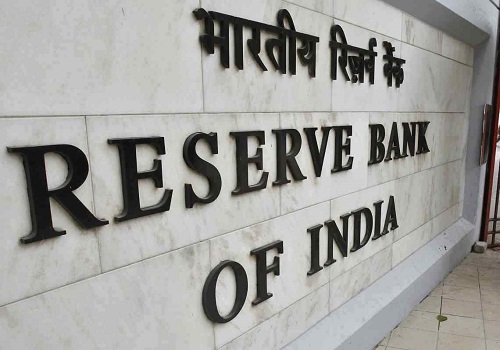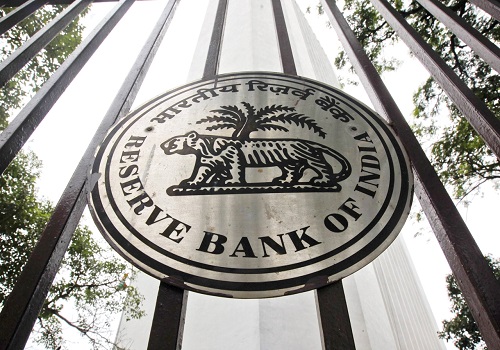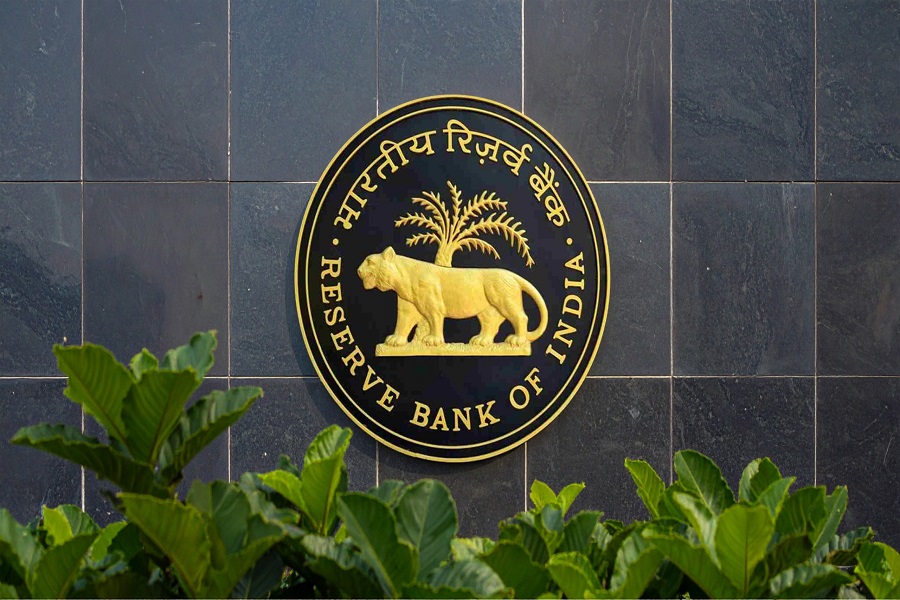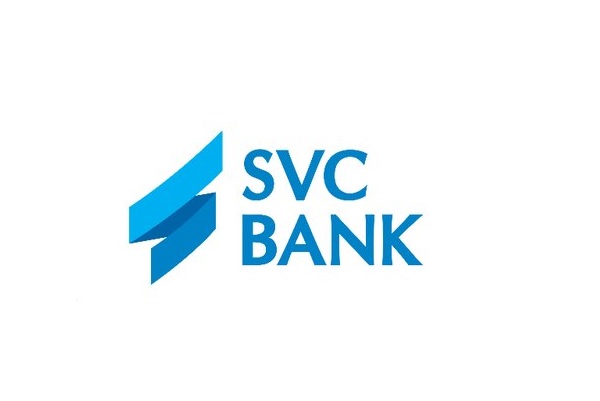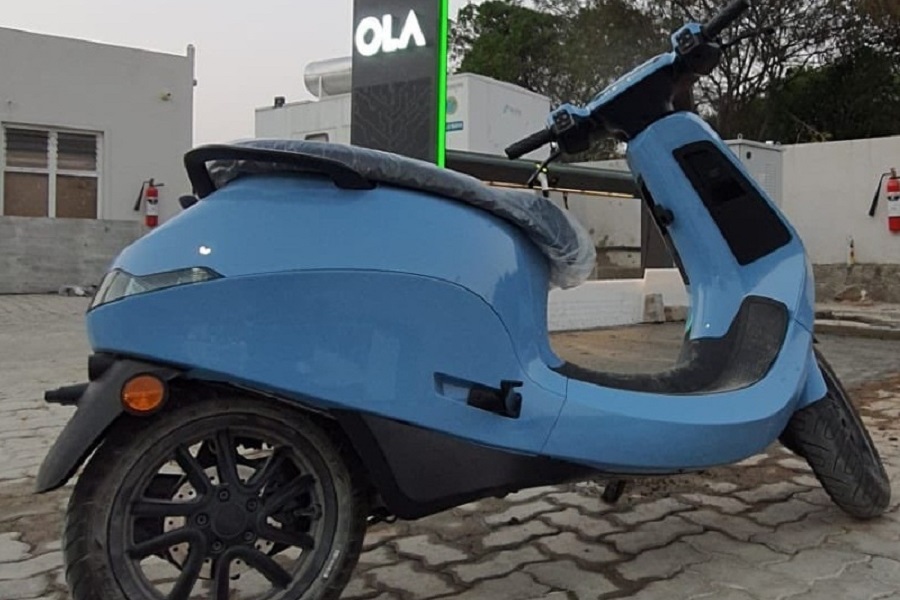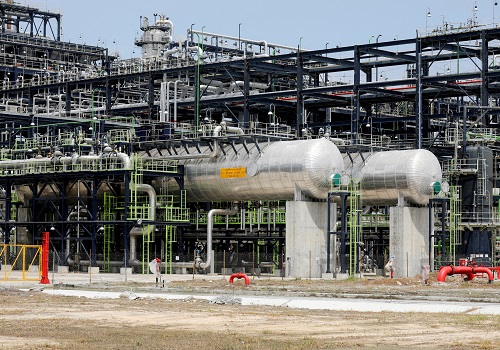India Strategy : Narrative 2: Tires go hiss... By Kotak Institutional Equities

Narrative #2: Tires go hiss…
The structural profitability improvement theme in the tire industry seems to have deflated, with a sharp correction in the stock prices of APTY, CEAT and MRF over the past few weeks on a sharp decline in profitability. The industry is grappling with the steep increase in RM prices, admittedly, but this also demonstrates the low pricing power of companies in a competitive industry
Narrative of structural improvement in profitability broken
The structural profitability improvement narrative for the automotive tire industry seems to be broken, going by the sharp price declines of relevant stocks over the past few weeks, which has more than offset the sharp rise in stock prices in CY2024 (see Exhibit 1). (1) Industry profitability has come off sharply in the past few quarters, as (2) RM prices have risen sharply in the past few quarters and (3) companies have been unable to pass on the full increase in RM prices. The Street had built a narrative around a change in the industry dynamics of the sector, leading to higher industry profitability and returns.
Decline in profitability may be exaggerated by difficult industry conditions
The sharp decline in the profitability of automotive tire companies over the past few quarters (see Exhibit 2) reflects the twin challenges of (1) a sharp increase in RM prices over the past few quarters (see Exhibits 3-4) and (2) weak demand conditions in the domestic automotive tire industry (see Exhibit 5 for 9MFY25 versus 9MFY24 volumes of APTY and CEAT; MRF does not report volumes). The industry has been gradually raising prices to pass on the increase in RM prices, but industry conditions are not supportive of large price increases in the context of the commodity and competitive nature of the industry
Profitability assumptions at risk; valuations high on elevated profitability
We see downside risks to our FY2026-27E profitability assumptions (see Exhibits 6-7) in case the current industry conditions were to continue. We model a solid improvement in profitability in FY2026-27E from FY2025E levels. However, we note that even our FY2025E profitability assumptions are well ahead of pre-pandemic profitability. We find valuations of automotive tire stocks (see Exhibit 8) on the higher side, even with our generous profitability assumptions in the context of (1) low financial returns and (2) low FCF-to-PAT ratio of the industry (see Exhibit 9 for key financial parameters of companies for the past 10 years and FY2025-27E).
Nature of the business, industry and market may not change
We have been and remain skeptical about the Street’s narrative about a change in the nature of the tire business and industry conditions. The tire business is a capex-intensive, commodity and competitive business, and it will likely remain so. The tire market may see lower competition in the future based on possible industry consolidation and greater pricing discipline, but that remains to be seen. At this point in time, it would be best to assume that market dynamics and structure would more or less remain unchanged.
Above views are of the author and not of the website kindly read disclaimer


